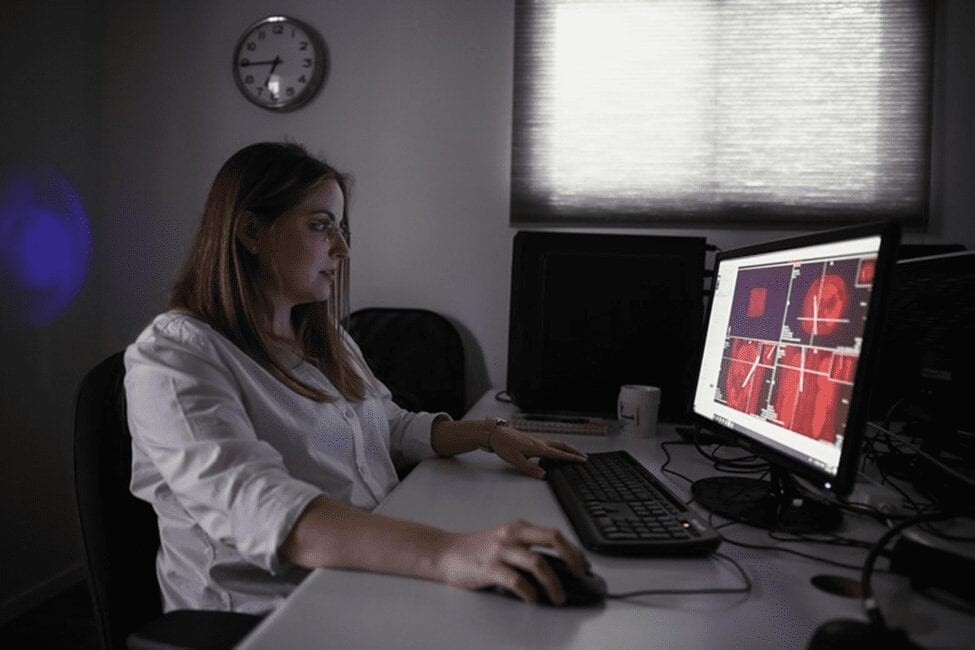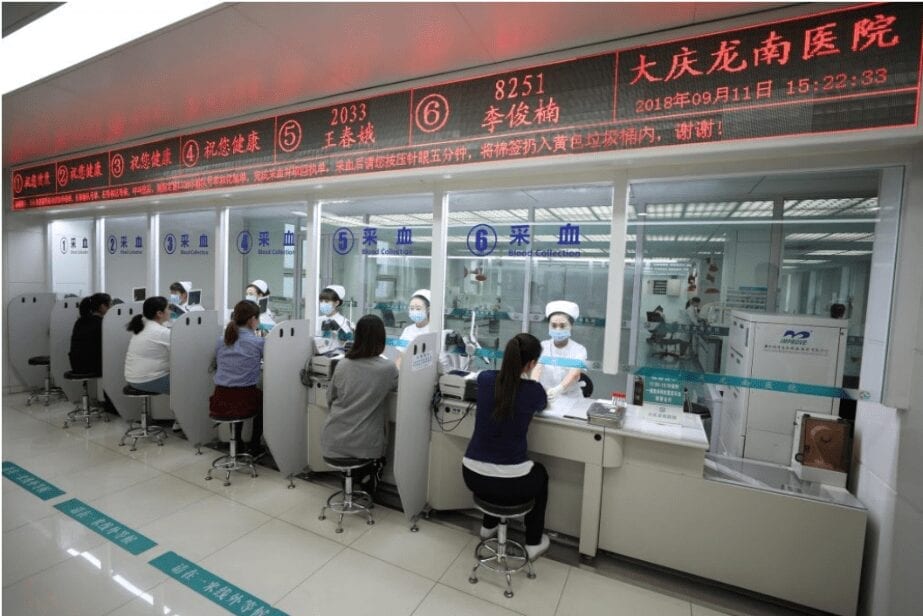If it seems like you can’t go a day without hearing about how technology is spawning a new innovation, it’s because it’s true. We live in an era of incredible technology-driven disruption that continually fuels compelling advancements in virtually every industry—and, in the process, improves the lives of millions of people around the world. As we launch our new brand campaign, Smarter Technology For All, I’m reminded of how essential technology is to reshaping smarter solutions. Add to this Lenovo’s upcoming 35th anniversary on November 1, and I can’t help but think about how far we’ve come in digital transformation and, more importantly, how much potential the future holds for technology to make our lives and society better and more inclusive.
For proof, look no further than healthcare. Today, technology can help doctors make sense of patterns in people’s health. Doctors can get notifications that help identify issues before they become problems. Data can now be sent to an ER to make triaging smarter so people who really need it are treated first. In our campaign, we show how TechsoMed is revolutionizing the way physicians treat certain tumors by combining decades-old medical methods with innovative algorithm-powered technology developed on Lenovo ThinkStations.

Patient-Centric Approach
New entrants in the industry are starting to shift the model by acquiring online pharmacies to disrupt the pharmacy supply chain and by using their own technology to mine patient health records for data to help physicians improve treatment plans and to help hospitals cut costs.
The upshot: All of this growing smart infrastructure is increasingly being used to tailor healthcare to each person’s individual needs, resulting in more-effective, less-expensive care and better outcomes.
And it’s only going to get better.
According to research by the Economist Intelligence Unit, robotics and digital technologies will be pervasive in tomorrow’s hospitals, handling many of the tasks doctors perform today, and advancements in telemedicine and remote healthcare will substantially reduce the need for patient visits. In fact, the research suggests that most healthcare will be delivered virtually, rather than in person. In the process, healthcare costs will go down and quality and convenience will rise, resulting in greater access and better care for many more people.
Lenovo is helping to power the disruptions that are happening in healthcare, as well as many other industries. Through the application of various Lenovo technologies and solutions, forward-thinking companies are fostering groundbreaking, systematic change that’s driving the transformation of the entire healthcare system.
Reinventing the Hospital Experience
For instance, in China, Lenovo Smart Medical provides a one-stop IT operations service for hospitals, including intelligent consultation and intelligent network system design, as well as development, implementation, operation, and maintenance of application systems. At Longnan Hospital, Lenovo Smart Medical integrates software, hardware, and service and offers personalized solutions through financial leasing and other service models. The cloud platform and related supporting applications help the hospital provide patient services, including appointment registration, online diagnosis, remote consultation, personal case inquiry, and chronic disease management.

Lenovo Smart Medical software also has given Longnan’s original infrastructure a needed information systems and efficiency upgrade by supporting online recharge and online payment, establishing a medical database, and creating auxiliary functions, such as self-diagnosis tools. To address regional medical care, the solution supports two-way referral, remote medical consultation, and family doctor service, in addition to the mobile outpatient function. And, Lenovo Smart Medical provides customized services for inpatients, such as enabling them to inquire online about their hospitalization, and to access E-healthy profiles, surgery scheduling, and itemized bills.
Frontiers of AR and VR
Additionally, Lenovo’s augmented reality (AR), virtual reality (VR), and artificial intelligence (AI) technologies are behind a number of other innovative solutions that are personalizing and improving patient care.
One is a pilot solution that uses AR and AI to help identify melanoma and map mole progression so doctors can catch and begin treating potential cancers earlier. AR overlays the current image with previous images of the mole’s dimensions based on AI analysis, and displays the composite image to the doctor via AR glasses. The solution can differentiate between diseased and disease-free tissue, enabling the doctor to pinpoint where to focus treatment.
Another is part of The Starlight Children’s Foundation Virtual Reality (VR) program, which is built for the Lenovo Mirage Solo with Daydream VR. It features a state-of-the-the-art and hospital-ready headset that comes pre-loaded with age-appropriate, dynamic content that helps seriously ill children in Starlight’s 800 hospitals and other health care facilities across the U.S. experience the world outside their hospital rooms.
A third is a solution underpinning the efforts of Peru-based non-profit FeelsGood, which is using Lenovo VR to treat oncological patients suffering from pain, stress, and anxiety. A complete immersive VR system that enables patients to participate in a playful and fun environment is, in fact, a medically designed exercise that produces rich data. Accompanying AI and machine learning tools process and analyze this data to help professionals tailor the exercises to each patient for maximum effectiveness.
As these and many other examples show, the potential for technology to transform healthcare is virtually limitless—and the world’s people are and will be better for it.
